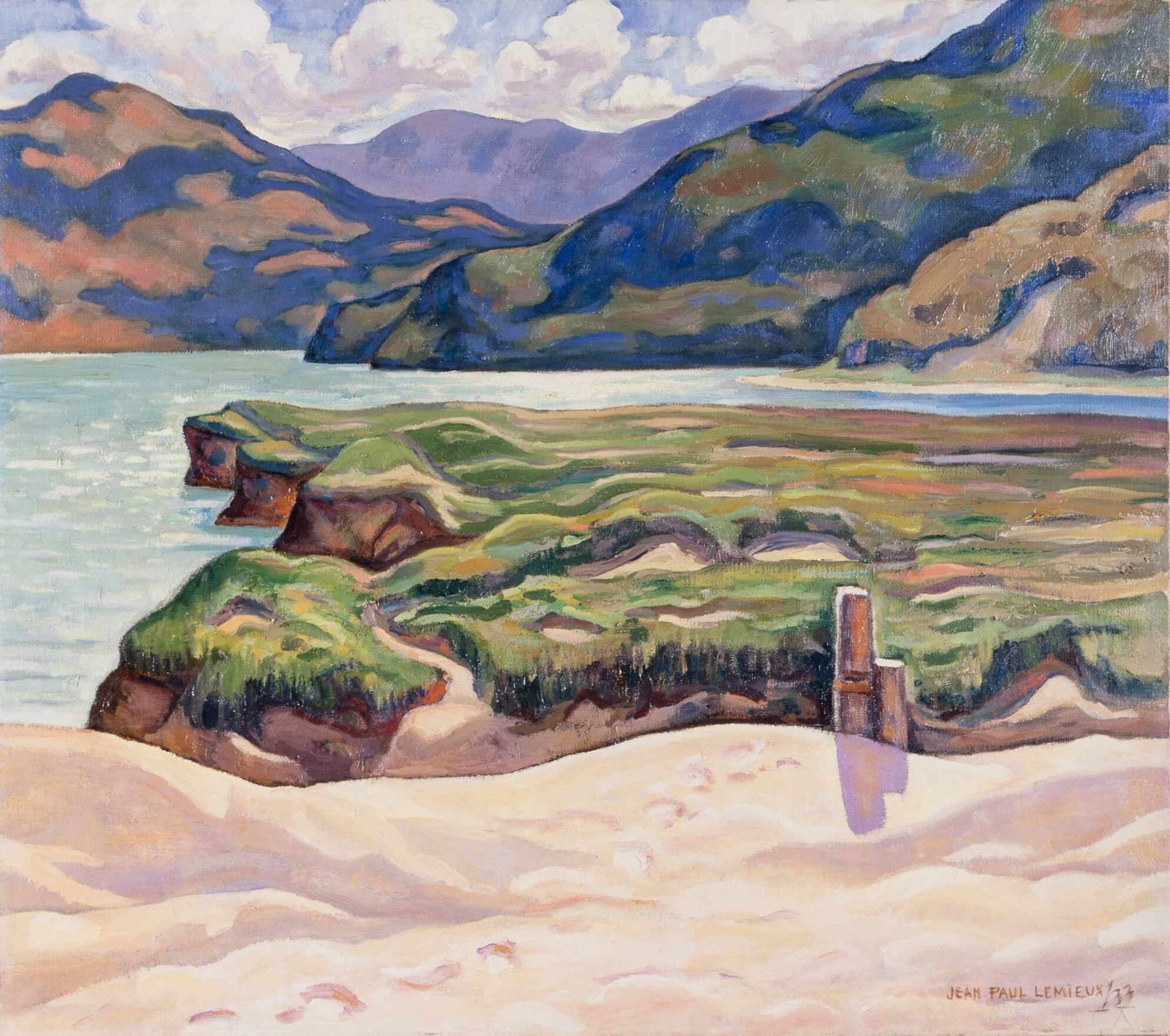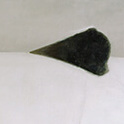Afternoon Sunlight 1933

Jean Paul Lemieux, Afternoon Sunlight (Soleil d’après-midi), 1933
Oil on canvas, 76.7 x 86.7 cm
Musée national des beaux-arts du Québec, Quebec City

Afternoon Sunlight is a work of the artist’s youth, completed before he graduated from the École des beaux-arts de Montréal. It shows that he had taken notice of the ideas of the Group of Seven (Edwin Holgate [1892–1977], Lemieux’s favourite teacher at the École, became a member of the Group in 1930), and like them he was aiming for a subjective interpretation of the landscape. He had long been impressed by the magnificent views around the Charlevoix region, which are marked by rhythmically recurring gorges and vertiginously steep headlands. It was a part of the country that had been frequented by Arthur Lismer (1885–1969) and A.Y. Jackson (1882–1974), with the ethnologist Marius Barbeau (1883–1969), in 1925.
In this painting Lemieux depicts the capes at Les Éboulements thrusting out into the water. He reduces the signs of human habitation to an absolute minimum, privileging the successive horizontals of land and water all the way back to the mountains that close off the space, their diagonal forms outlined against a sky filled with cumulus clouds that, viewed from a low angle, seem to be flying fast over the peaks.
The influence of the Group of Seven also appears in Lemieux’s use of forceful lines dominated by a generous impasto and richly contrasting colours. The unity of the composition is ruled by the energetic rhythms of nature, which the painter has bathed in the glowing light of a summer afternoon.

 About the Author
About the Author
 More Online Art Books
More Online Art Books
 Acknowledgements
Acknowledgements